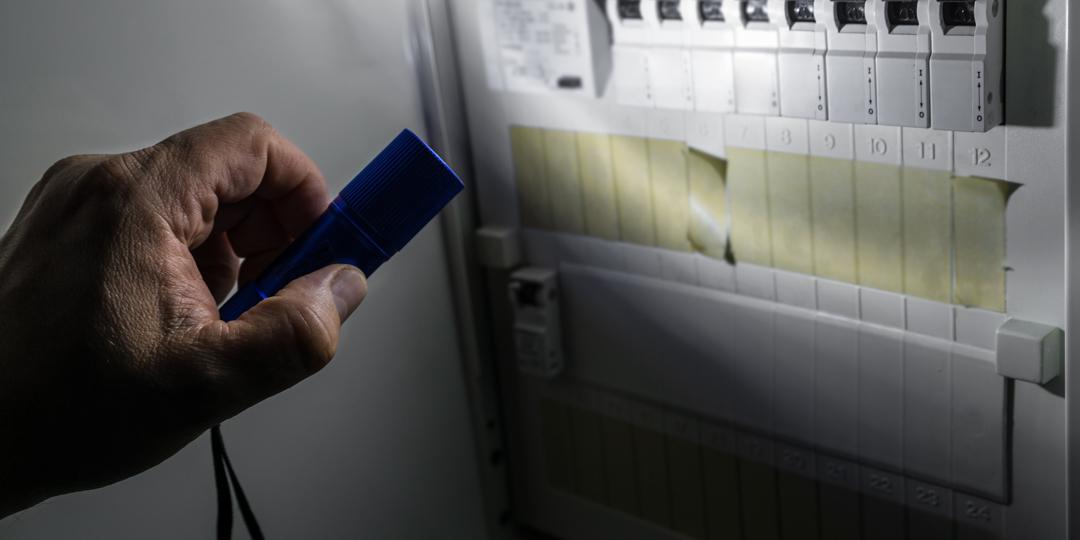Power grids can only handle so much use and summertime is when you might hear about “brownouts” to conserve energy use. A brownout is done intentionally by a power company to avert a total blackout, which is when the power suddenly goes out over a wide area.
What Causes a Brownout?
A brownout occurs when demand is too high for the production capacity of the utility. This could be when too many air conditioners are turned on at full volume during hot weather, for example.
During a brownout, there may still be power in each home but it will be at a lower voltage so that full power can be restored once the provider can meet demand again. A brownout may occur for a few minutes for several hours and more than one day in a row.
Drought can also be a factor in brownouts as lower reserve water can put hydroelectric power stations to the test.
Increased heat and drought conditions can be a factor in wildfires and the smoke from a large fire can impact solar power as well.
Rolling blackouts are similar to brownouts in that there is a plan in place to reduce the energy use until it can be fully restored, but this is when power is completely shutoff for a period of time intentionally, then slowly brought back on as it becomes available.
A blackout is usually when the power suddenly goes out due to extreme weather or another unplanned event.
How You Can Prepare for a Brownout
Homeowners should be prepared for all kinds of emergencies to keep themselves, their family, and their property as safe as possible. While there is some planning with brownouts, the time individuals may have before it occurs might be quite short or nonexistent. Here are some tips to keep your loved ones and home safe during a potential brownout:
- Write down or print out (don’t rely on being able to look things up electronically) all emergency phone numbers, including the number of your power company so you can verify if this is a brownout and what the schedule for it might be. Contact this company today to find out if you are on an alert list for a text or phone call in the event of a brownout or blackout.
- Have a whole home surge protector installed by a professional electrician. A surge protector can protect appliances and electronic devices from potential damage that can happen during a swing in the voltage as power comes back on during a brownout. The National Electrical Code was updated in 2020 to require surge protectors in newly built properties so older homes may also need an electrical panel upgrade when getting a surge protector.
- Have a smart thermostat and other smart devices professionally installed so that you can control energy use and costs. These devices can communicate with your power company so they can monitor energy usage and make recommendations.
- Spread out your power use: consider charging your electric vehicle overnight rather than in the middle of the day when air conditioning use is likely to be at its peak, for example.
- Unplug devices when not in use around the home to help keep overall power use to a minimum during those busy times when everyone is using more power to cool their homes in hot weather.
- Create an emergency supply kit that is updated annually with items that will not require power such as flashlights, a battery-operated fan, fresh batteries, candles, matches, potable water, canned goods, and your phone contact list.
Do your research ahead of time to find a trustworthy electrician such as Mister Sparky to make these changes ahead of time so that a brownout does not damage your treasured possessions or create costly issues to deal with in the aftermath.
















